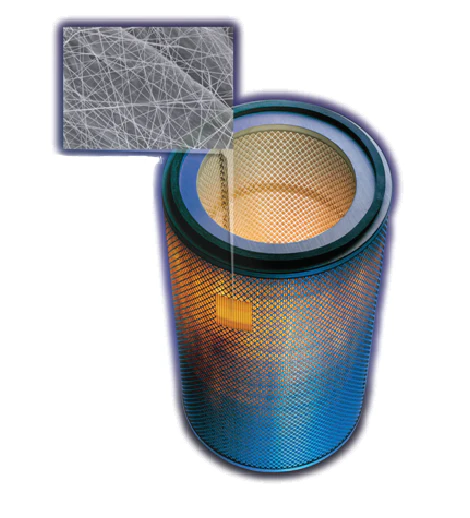What is a Hydraulic Differential Pressure Gauge and How Does it Work?
With a hydraulic differential pressure gauge, you can measure fluid pressures when working on any number of different projects. This article breaks down the components and uses of a hydraulic differential pressure gauge.
What is a Hydraulic Differential Pressure Gauge?
A hydraulic differential pressure gauge is a type of pressure gauge that uses the force of hydraulics to measure the difference in pressure between two points. This type of gauge is most commonly used in industrial applications, as it is able to measure pressures up to 10,000 psi (6800 bar).
A hydraulic differential pressure gauge consists of two pressure chambers, one connected to the other by a hydraulic line. When the pressure in one chamber increases, the pressure in the other chamber also rises, as the two chambers are effectively connected by a PRESSURE PUMP. This allows the gauge to measure the difference in pressure between the two points without having to rely on any other type of mechanical connection.
How does it work?
A hydraulic differential pressure gauge is a diagnostic tool used to measure the pressure inside and outside of an engine or other machine. The gauge uses hydraulics to move the measuring piston between two chambers, thereby providing accurate readings of both pressures.
The hydraulic differential pressure gauge can be used to measure the pressure inside and outside of an engine or other machine. The gauge uses hydraulics to move the measuring piston between two chambers, thereby providing accurate readings of both pressures. By measuring the difference in pressure between these two chambers, the gauge can determine the amount of force being applied to the piston, which can then be used to diagnose engine problems.
Benefits of using a hydraulics differential pressure gauge
A hydraulics differential pressure gauge measures the pressure difference between two points in a hydraulic system. This can be helpful in determining if there is a leak or if the system is operating correctly.
Another benefit of using a hydraulics differential pressure gauge is that it can be used to adjust the system's valves. By knowing the pressure at each point in the system, you can fine-tune the valves to ensure they are functioning correctly.
Disadvantages to using a hydraulics differential pressure gauge
Hydraulic differential pressure gauges are used to measure the pressure difference between two points in a fluid line. By measuring this pressure difference, the gauge can provide information on the flow rate and pressure of the fluid through the line. While hydraulic differential pressure gauges can be quite accurate, there are some disadvantages to using them.
One disadvantage of hydraulic differential pressure gauges is that they require a steady supply of Pressure Difference (PD) to function properly. If the PD fluctuates too much, then the gauge will produce inaccurate readings. Additionally, these gauges are sensitive to variations in line size and geometry, which can affect their accuracy. Finally, hydraulic differential pressure gauges may be more difficult to maintain than other types of differential Pressure Gauges because they require periodic calibration.
Conclusion
In this article, we will be discussing the hydraulic differential pressure gauge and how it works. This gauge is used to measure the pressures on different sides of a fluid system. It can be used in a variety of industries, such as oil & gas production, automotive manufacturing, water treatment and many more. By understanding how this gauge works and what its applications are, you will be able to better understand how it affects your daily life.



Comments
Post a Comment